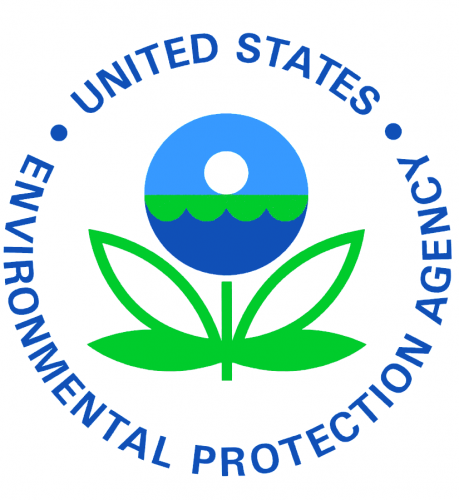
Attorneys General Charge U.S. EPA with Illegally Seeking to Roll Back Prohibition on Hydrofluorocarbons, Powerful Climate Change Pollutants
Chicago —(ENEWSPF)—July 2, 2018
By: Rosemary Piser
Attorney General Lisa Madigan announced last week that she joined 10 Attorneys General filing a lawsuit against the U.S. Environmental Protection Agency (EPA) for seeking to illegally roll back key climate protection regulations adopted in 2015. Specifically, the coalition charges that the EPA violated the federal Clean Air Act when it rescinded regulations prohibiting the use of hydrofluorocarbons (HFCs) – which are extremely potent climate change pollutants – through guidance, rather than a public rulemaking process, as required by the law.
The lawsuit, filed in the U.S. Court of Appeals for the District of Columbia Circuit, charges that EPA Administrator Scott Pruitt’s use of guidance to rescind the 2015 rule violates the Clean Air Act. Under the Act, the guidance should have been handled as a substantive rule with public notice and comment prior to being finalized.
The Attorneys General said that lifting limits on the use of HFCs will damage efforts to combat climate change. When it finalized its HFC rule in 2015, the EPA estimated that it would avoid 26 to 31 million metric tons of greenhouse gases annually by 2020. A reduction of 30 million metric tons is approximately equivalent to 6.4 million passenger vehicles driven for one year, or the annual energy use for 3.2 million homes.
Attorney General Madigan said, “The EPA under Administrator Pruitt continues to disregard its duty to protect the public’s health and the environment. Rather than implement these vital protections against climate change, EPA decided to scrap them without any public participation whatsoever. This is unacceptable and unlawful.”
Since 1990, the Clean Air Act has required the EPA to phase out chemicals, such as chlorofluorocarbons (CFCs), which destroy the earth’s ozone layer. The law included a “Safe Alternatives Policy” to ensure that when manufacturers replaced CFCs and other ozone-depleting substances in their products, their replacements would “reduce overall risks to human health and the environment.” Pursuant to this provision of the law, in 2015, EPA finalized a rule that prohibited or limited the use of HFCs as replacements for ozone-depleting substances due to their potency as climate change pollutants. HFCs are thousands of times more potent for global warming than carbon dioxide and are the fastest growing source of emissions in the U.S. and globally.
Two manufacturers of HFCs subsequently sued EPA over the 2015 rule. In deciding that suit, the U.S. Court of Appeals for the District of Columbia unanimously affirmed EPA’s legal authority to designate HFCs as prohibited replacements for ozone-depleting substances. However, in a split decision, the court also ruled that the EPA lacked authority to require a manufacturer that has already replaced an ozone-depleting substance with HFCs to switch to a safer alternative. The court partially vacated the rule – solely with respect to this requirement – and remanded it back to EPA.
In April of this year, Pruitt issued a document, styled as “guidance,” that effectively rescinds the 2015 rule in its entirety, ignoring the Court of Appeals decision. That guidance, issued without public notice and opportunity for comment, states that the EPA is voiding the HFC limits adopted in the 2015 rule “in their entirety” – including those affirmed by Court of Appeals in D.C.
EPA’s decision to void the rule completely will likely result in a significant increase in HFC emissions. For example, EPA estimated in 2016 that there are nearly 200,000 commercial refrigeration units nationwide that use ozone-depleting substances. Because of EPA’s new guidance, those units are no longer prohibited from switching to HFCs – despite the court’s explicit ruling that this aspect of the 2015 rule was lawful. EPA has pledged to undertake a rulemaking to address the court’s decision, but has not provided any timetable for doing so.
In addition to Madigan filing the lawsuit were the Attorneys General of California, Delaware, Massachusetts, Minnesota, New Jersey, New York, Oregon, Vermont, Washington, and the District of Columbia, as well as the Pennsylvania Department of Environmental Protection.
Source: www.illinoisattorneygeneral.gov








